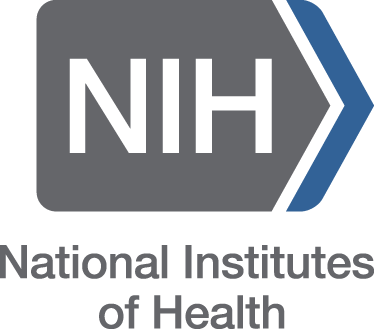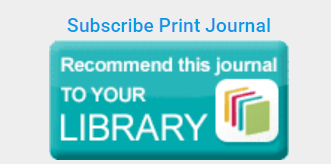Marma management in carpal tunnel syndrome - a case study
DOI:
https://doi.org/10.63001/tbs.2025.v20.i01.S1.pp28-33Keywords:
Marma, Carpal tunnel syndrome, Manibandha marmaAbstract
Marmas are the vital points in the body and any damage to them will result in pain and agony. The most prevalent peripheral nerve entrapment syndrome, carpal tunnel syndrome, is brought on by compression of the median nerve at the wrist. It is frequently brought on by excessive wrist strain from repetitive tasks like typing. It can be correlated to vatha-dominated disease since it is a pain-predominant condition that affects the joint components. Manibandha marma is one among the 107 marmas explained in ayurvedic classics. According to the Tamil text book on marma, individual marma stimulation is the most efficient, non-invasive, and economical method of treating many ailments. In this study a female patient aged 48yrs came to the shalyatantra OPD at PNPS Ayurveda College and Hospital with complaints of discomfort in the thumb, second and third fingers of her right hand, and wrist area which was getting worse at night for the last year. She had consulted allopathic doctor and was prescribed analgesics. During the course of medication symptoms got reduced but her symptoms returned after stoppage of medications and so she came for ayurvedic treatment.The patient was trained and instructed to continue self marma therapy for 15 days, five times a day for three to five minutes. As an oral medication one tablet of Dhanwamtharam three times a day was also advised. Significant improvement was reported in pain and numbness Therefore it can be concluded that Manibandha marma therapy is a beneficial treatment option in Carpal tunnel syndrome.






























